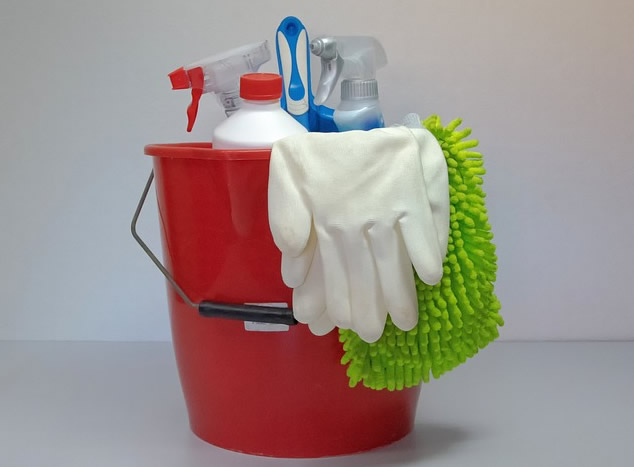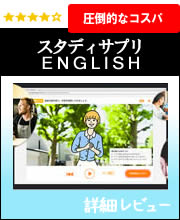先日から「Why spring-cleaning won’t benefit your health -「大掃除は健康に役立たない?」を読んでいます。

・「大掃除は健康に役立たない?」(1)
・「大掃除は健康に役立たない?」(2)
We should all practice “targeted hygiene” in our daily lives and recognise when harmful microbes are likely to spread, says Bloomfield.
私たちは皆、日常生活で「標的衛生」を実践し、有害な微生物が蔓延しそうなときを認識すべきだとブルームフィールドは言う。
For example, when we’re handling raw food, using the toilet, touching pets, blowing our nose or disposing of rubbish.
例えば生ものを扱うとき、トイレを使うとき、ペットに触れるとき、鼻をかむとき、ゴミを捨てるときなどだ。
A national survey carried out by the Royal Society for Public Health (RSPH) in the UK revealed that many people are confused about the difference between hygiene and cleanliness.
英国王立公衆衛生協会(RSPH)が実施した全国調査では、多くの人々が衛生と清潔の違いについて混乱していることが明らかになった。
Many of the respondents said that being hygienic involves removing dirt.
回答者の多くが、衛生的である事とは汚れを落とす事だと答えた。
More than a third (36%) said that dirt was always of usually harmful and 61% said that touching a child’s hands after they had been playing outside was likely to spread harmful microbes.
3分の1以上(36%)が、汚れは常に、あるいはたいてい有害であると答え、61%が、外で遊んだ後に子供の手を触ると有害な微生物が広がる可能性があると答えた。
But the RSPH notes that the main sources of pathogens are not typically places which are considered “dirty”, but rather contaminated food, domestic animals and infected people.
しかしRSPHは、病原体の主な発生源は一般的に「汚い」とされる場所ではなく、汚染された食品、家畜、感染した人間であると指摘する。
確かに「汚染」されている場所、というのは見た目やイメージ的に汚いかどうかというより、綺麗であってもそこにウィルスや菌が繁殖していれば「汚染」にあたりますね。
まあ見た目に汚い場所を清掃することは、しないよりも良い気はしますが、混同しがちになります。
飲食店で起きる食中毒なども、見た目には綺麗にしている場所で起こったりします。
それこそが見た目に「清潔」でも「汚染」されている例ですよね。
理由は単純明快!「少ないコストでしっかり楽しく学べるから」。
私自身の経験(高機能でビックリ)をびっしり書いていますので、良かったら読んでみてください。
下のバナーからどうぞ!






